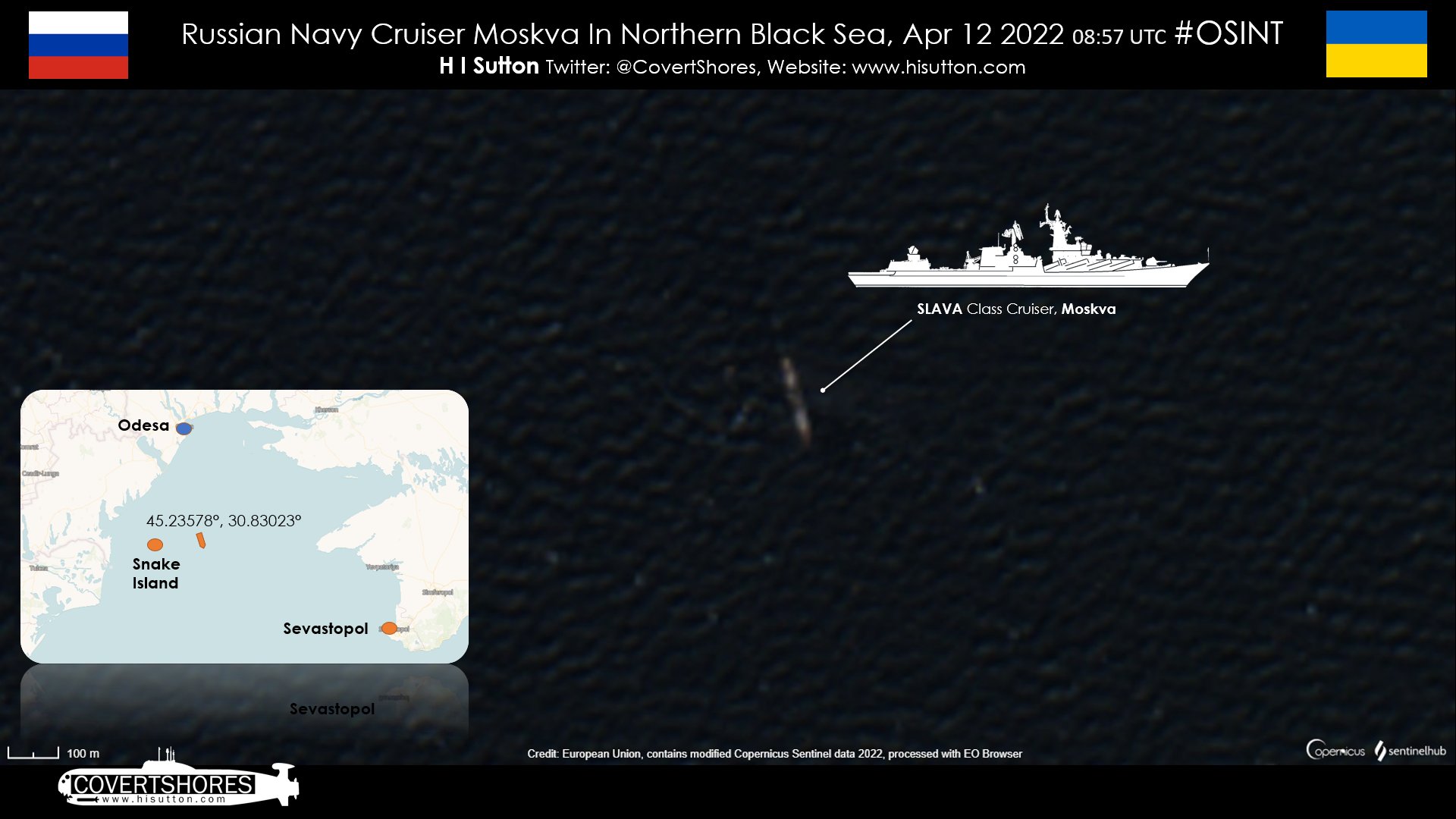I felt that CF kind of feeling about the Hunters for a while. Perhaps the last line is the most damning, not that it's about the Hunters specifically:
'If nothing changes, the navy won’t deploy a single additional VLS cell for another decade.'
But they will as the Hunters will replace the ANZAC that are currently only equipped with 8 cells (with a maximum of 16 if top weight issues get resolved). Based on cells that is a 400% increase on each ship. This ignores the fact that:
1. We don't actually know what the final configuration will be.
2. It ignores the fact the SSM are carried separately (as opposed to being housed in the GWS13 launcher on the FFG) and there is appear to be space for more NSM based on the Canadian programme.
3. We don't know what the CIWS will be noting the order for the Phalanx have not been made to date and there is a rumour circulating the SeaRAM may go in its place (providing an additional 22 reloadable tubes).
4. The continue to miss the importance of ASW in the current environment. That gear takes space and is important in the contested environment we appear to be headed for. The Multi-Static capability designed into the Hunter is basically the CEC of the ASW world. These are very quite ships for a reason and combine with other air and USV assets should be able to cover a lot of area.
5. The CEAFAR they laud is part of the issue .... it is a space and power hog ... it would not have fitted in the F5000 they proposed noting the smaller hull and additional stuff they were shoehorning in. We would be going through the same issue if the F5000 was selected.
ASPI clearly have a agenda. Not completely convinced their proposals would help us as it would involve a complete restart .... a loss of a lot of investment and a weakening of the ASW capability. I still find it astounding that they play down ASW capability
deploying a frigate optimised for anti-submarine warfare is contrary to RAN doctrine and at odds with how anti-submarine warfare is conducted in the Indo-Pacific.
Noting that:
the RAN’s doctrine is similar to that of the US Navy’s in using aircraft and submarines as the main assets to track hostile submarines. Deploying a frigate to engage a submarine has been compared to sending a chicken to kill a fox.
What aircraft? The RAN's organic ASW air is the S60R and we don't have many of them. The P8 is a great platform but cannot provide cover for far from airbases or dispersed task groups. At least in the future we will (may) have an SSN to sanitise ahead but the fact the T26 will be effective in the Atlantic should not suggest that it is incapable in the Indo-Pacific, lets face it they are designed to protect the QE CV's ..... in the Indo Pacific as well as the Atlantic.
Finally, If Paul Greenfield was responsible for the selection of AGEIS for the Hobart Class DDG is he then responsible for select Baseline 7 when it was know this was going to be overtaken by newer systems?

